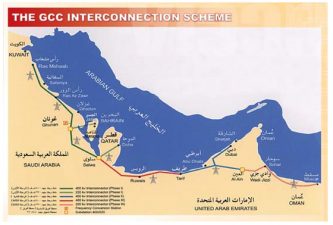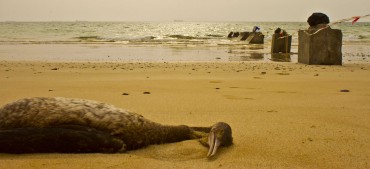 Mr. Dubai, why not build your hotel like a termite would?
Mr. Dubai, why not build your hotel like a termite would?
Green Prophet has written many articles on green building, and the revival of beautiful earth architecture in the Middle East. Earth architecture is certainly a more sustainable and interesting alternative solution – for those lucky enough to own some rural land, but can buildings made from earth be a viable solution for cities? Can earth architecture sustain the ever increasing urban population?
Personally I do not think so. If the entire population of New York, for example, were to live in earth buildings, the total surface area required to fit everyone would be huge. In the end the per capita carbon foot print may be even larger (more roads will be required and greater distances travelled which releases more CO2 for example).
Given that in 2008, for the first time in history, more than half of the human population lived in urban areas and that by 2030, especially in the developing world, towns and cities are expected to harbor up to 81% of the world population; how and what should sustainable architecture and living in urban areas look like?
One solution is to observe nature, and apply its solutions to “human problems”. Nature has had 3.8 billion years’ worth of evolution and trial and error to perfect solutions so that it can become self-sustaining, so learning from it seems like a clever idea.
Biomimicry essentially seeks inspiration from natures’ genius and creativity to improve efficiency and sustainability in the “human” world we have created. A perfect example is how termite mounds have inspired clever ventilation systems in architecture that reduce energy usage and costs.
Natures’ solution:
Termites farm their own food source, a type of fungus, inside the 1 to 3 meter tall mounds they build from debris and soil. This fungus must be kept at exactly 30.5 °C, while temperatures outside range from 2 °C at night to 40 °C during the day.
Termites have devised (links to PDF) a system of vents and channels inside the mounds so that the temperature inside the mound can be maintained constant at 30.5 °C (side note: will global warming affect this? How will termites adapt? Will they adapt quick enough?).
Termites then open and close a series of vents throughout the mound so that air can circulates in a way that heats or cools the mounds.
Application to modern construction:
This “passive ventilation” system of adjusted convection currents has been applied by architects to design buildings like the Eastgate center in Zimbabwe. The Eastgate center is designed to draw outside air into the building’s floor and offices; the air is then warmed if the building mass is warmer than the air or cooled if the building mass is colder than the air before exiting via chimneys at the top (which are opened or closed depending on the required internal temperatures).
This system is so efficient that the Eastgate complex does not need to use air conditioning , as a result it has avoided $3.5 million in air conditioning equipment and uses only 35 % of the energy required for temperature regulation as a conventional building of similar size, with similar exterior temperatures.
These cost savings have translated into 20% lower rental rates than for tenants living in nearby buildings as well as a significant reduction in the buildings’ environmental impact.
Now, given that CO2 emissions are expected to double in the next 30 years in the Middle East, and emissions from air conditioning (especially in the Gulf states) also contributes to the regions’ carbon foot print ; self thermoregulating buildings in the Middle East could realistically accommodate increasing urban populations while reducing the carbon footprint from air conditioning.
Oil rich countries have the luxury of being a little more extravagant in their construction choices; why not build smartly like termites do? Mr Dubai, why not build your hotel like a termite would?
Image via 1234abcd



